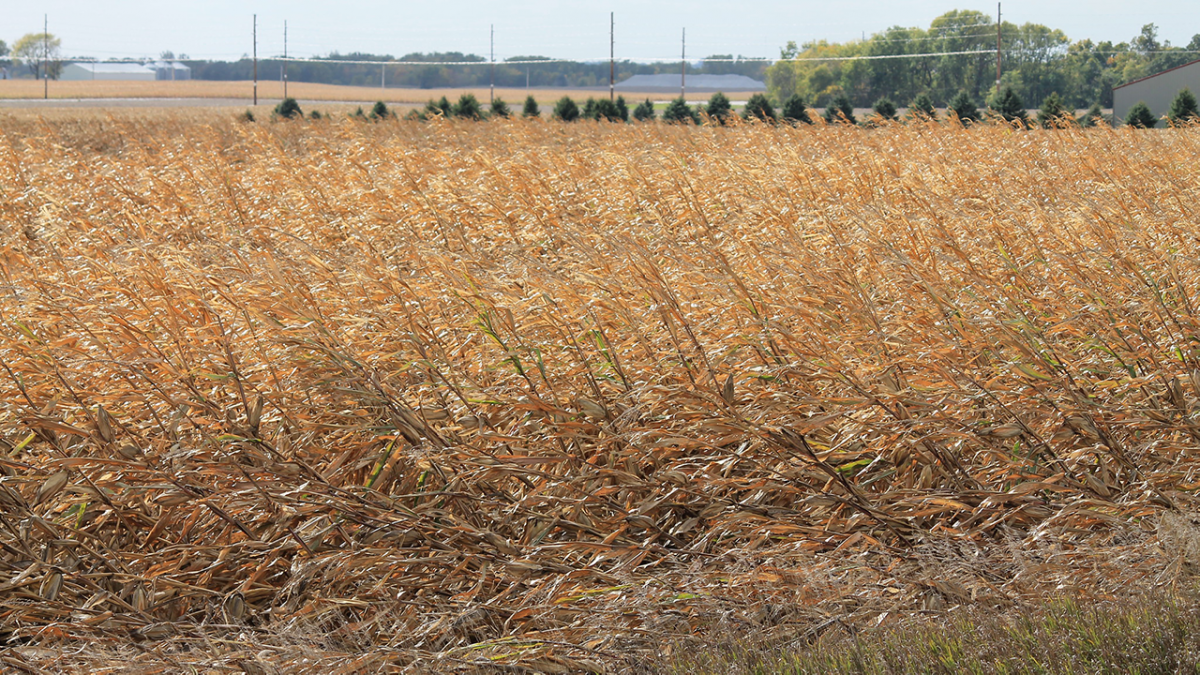Jeremy Davis, USDA (Flickr/Public Domain)
This article is published in the July 28, 2021 edition of Cornhusker Economics
Storm damage has been felt by many Nebraska farmers this growing season. Crop insurance is a useful tool to help farmers mitigate production losses coming from storm damage. However, given current price trends, the amount of support producers will receive cannot yet be determined. This article will review how revenue protection crop insurance works when prices rise from the spring to the fall.
First, producers who have experienced losses or think a loss may have been experienced due to adverse weather should immediately contact their crop insurance agent. Farmers affected by storms need to continue to manage their fields as if it will produce a crop. Failure to do so may negate individual crop insurance coverage. Producers must receive written permission from the insurance company to replant, abandon, or destroy a crop.
Revenue protection (RP) crop insurance policies are the predominant type of insurance purchased by Nebraska farmers. RP policies use both a price and yield to determine if a loss (indemnity) exists. Producer-selected coverage level is also important to consider. Farmers can select coverage levels from 50% to 80%, in 5% increments. Lower selected coverage levels come with a lower premium and require a larger loss to trigger indemnity payments.
Read Full Article on Cornhusker Economicd